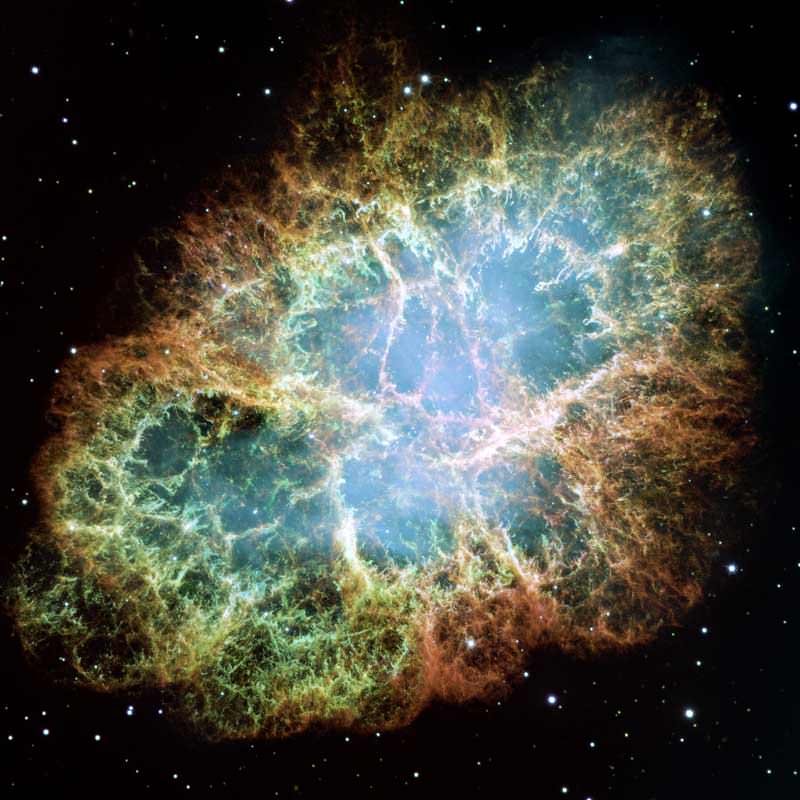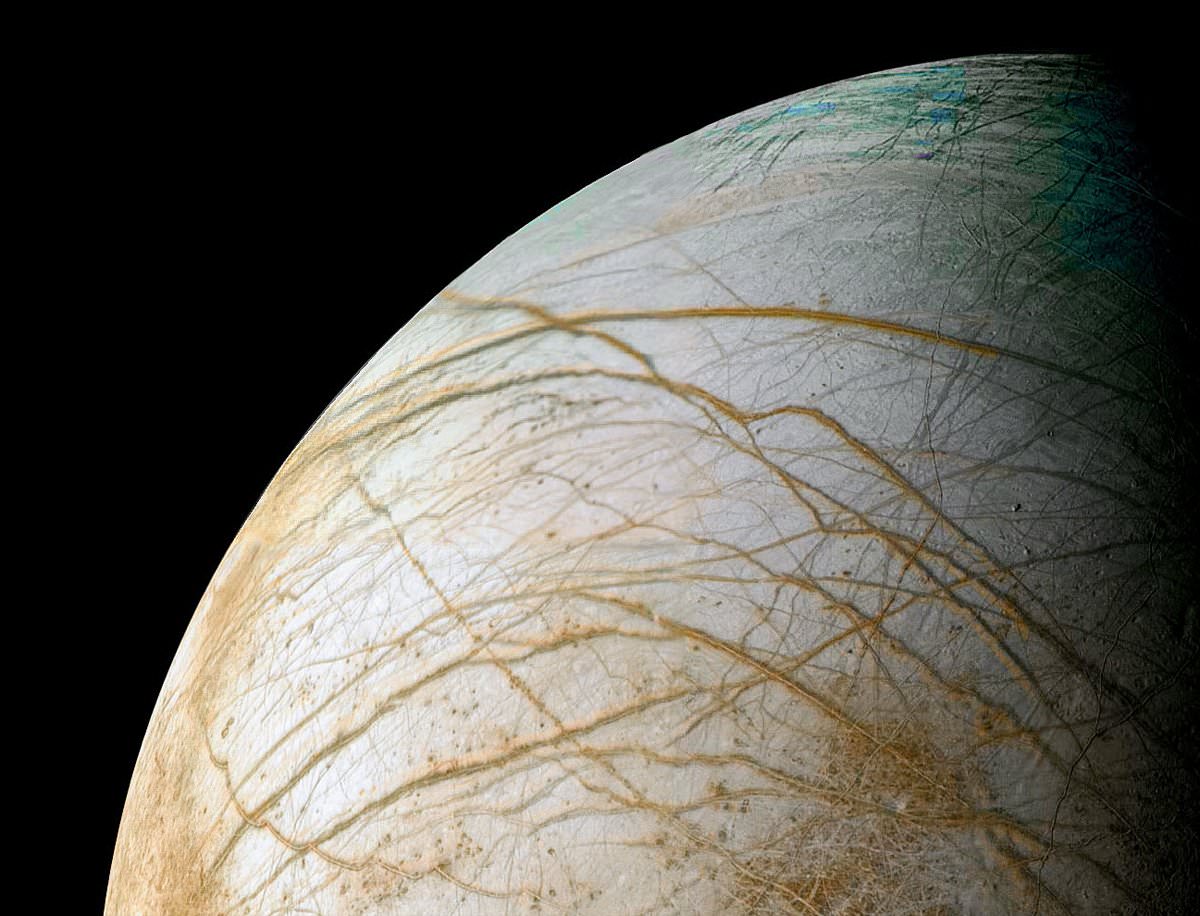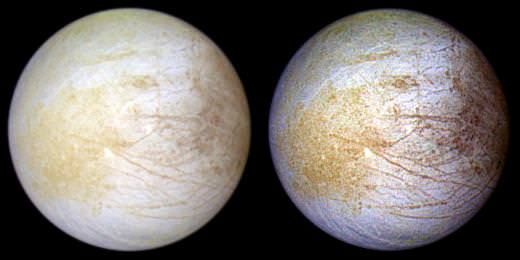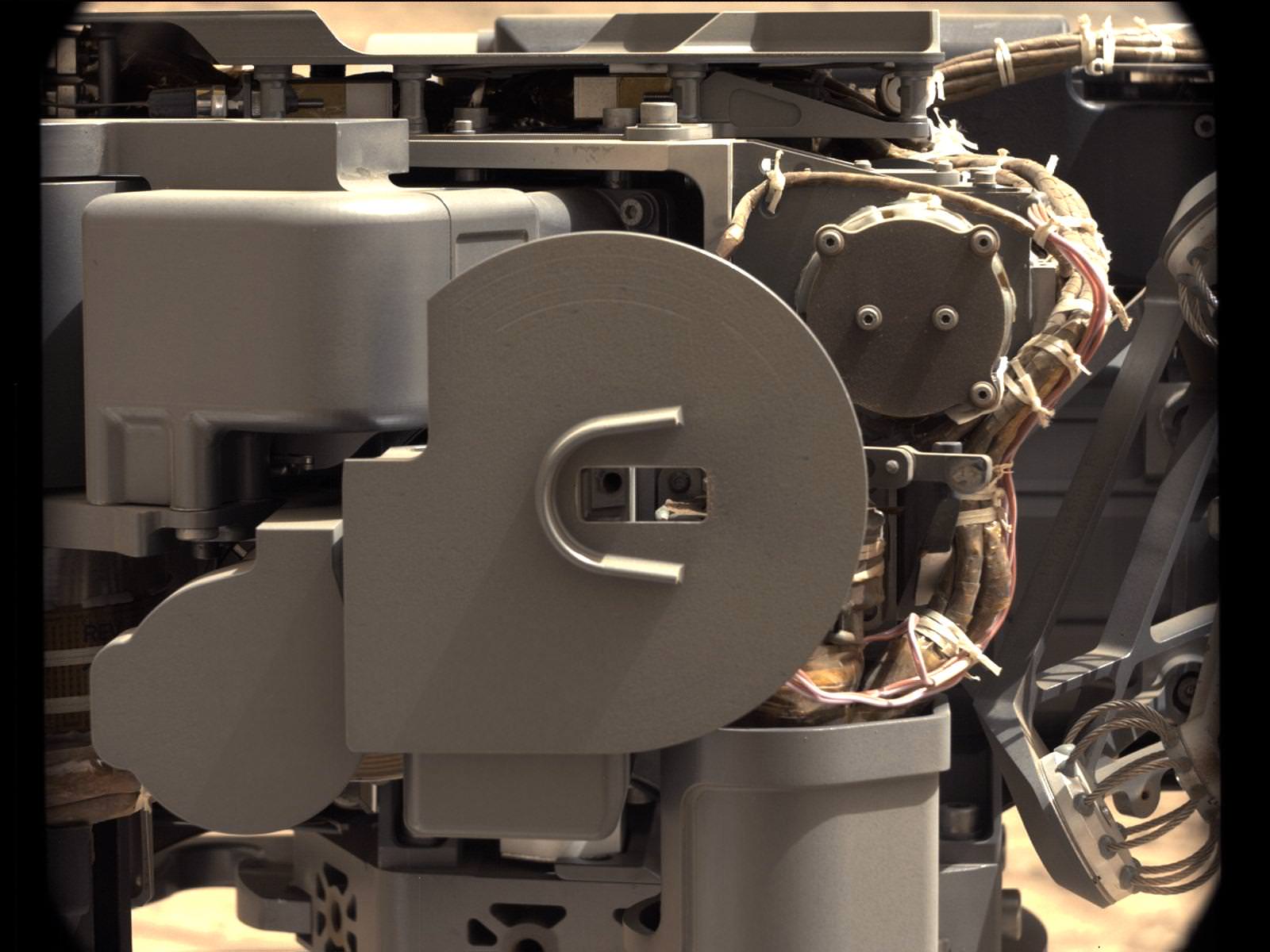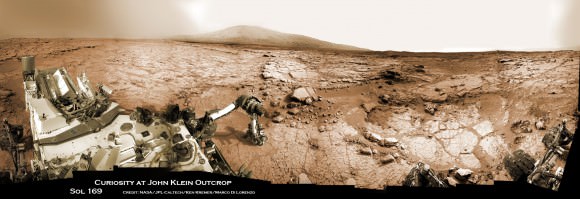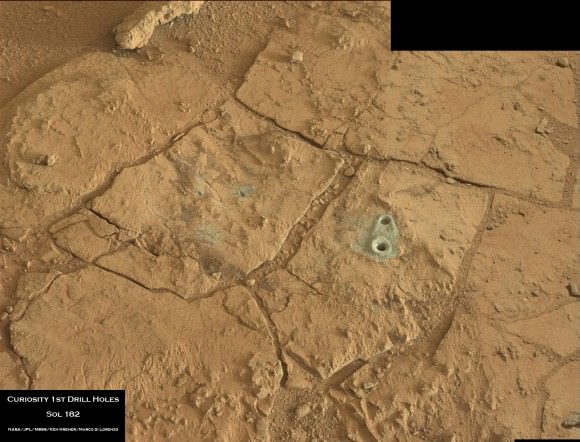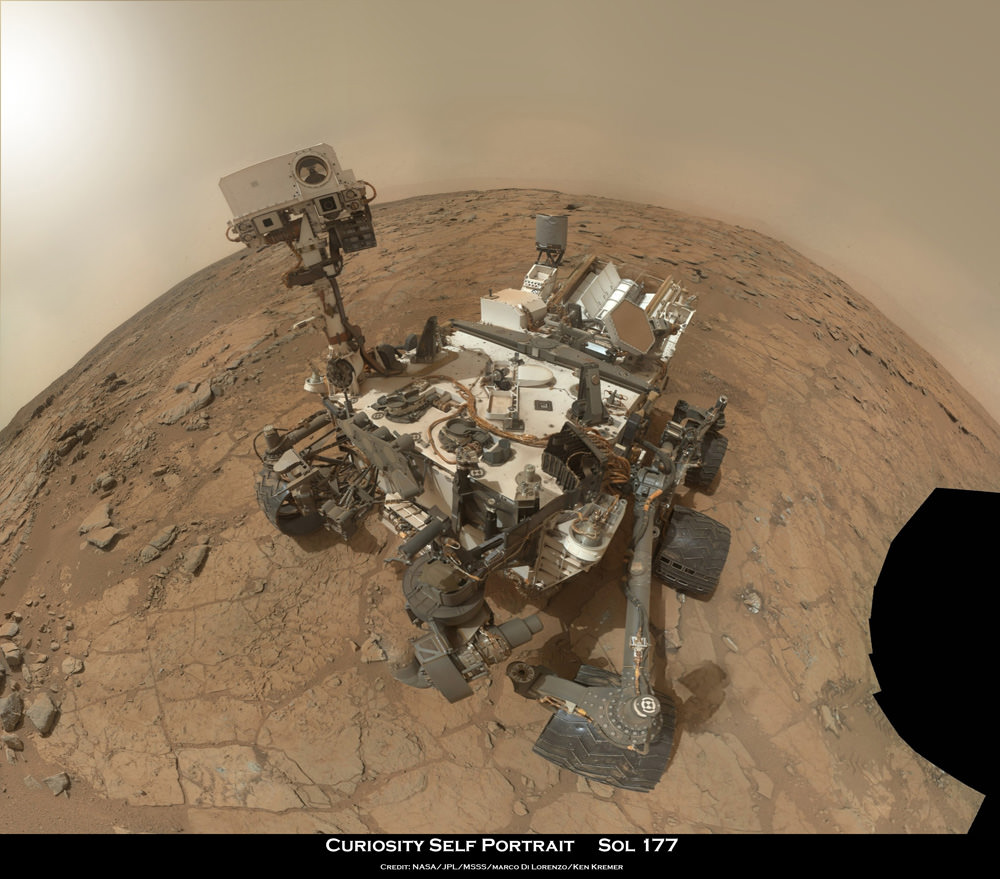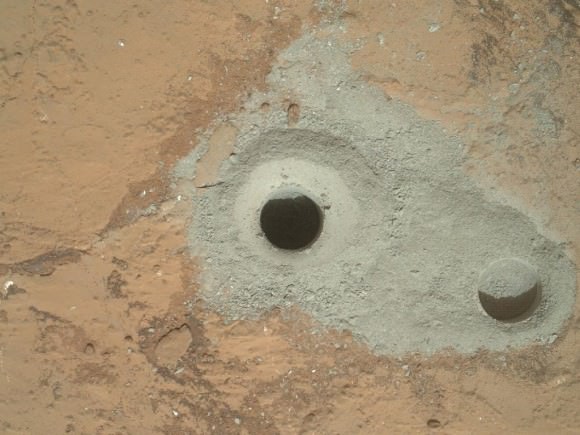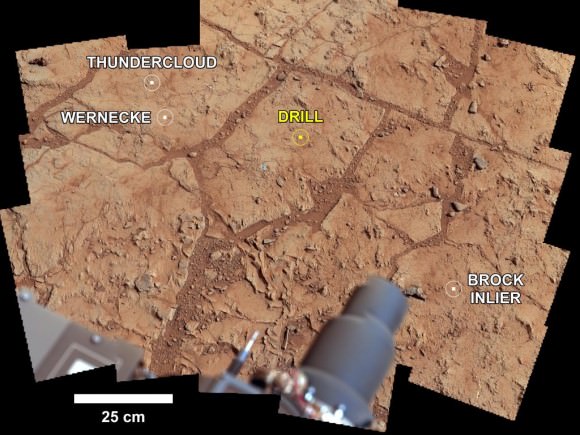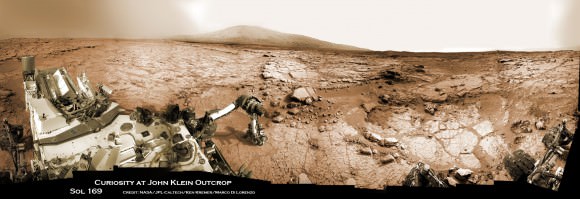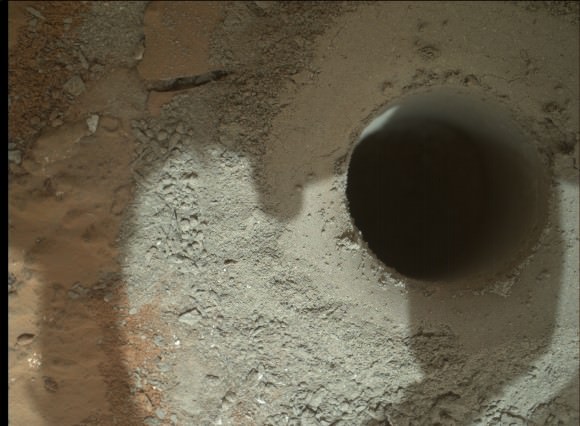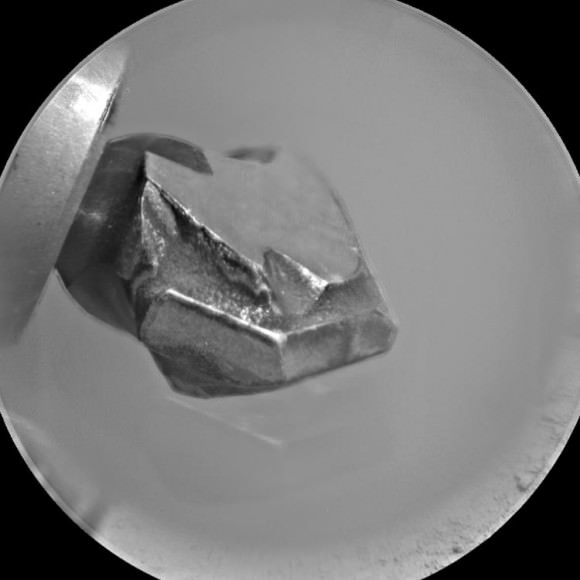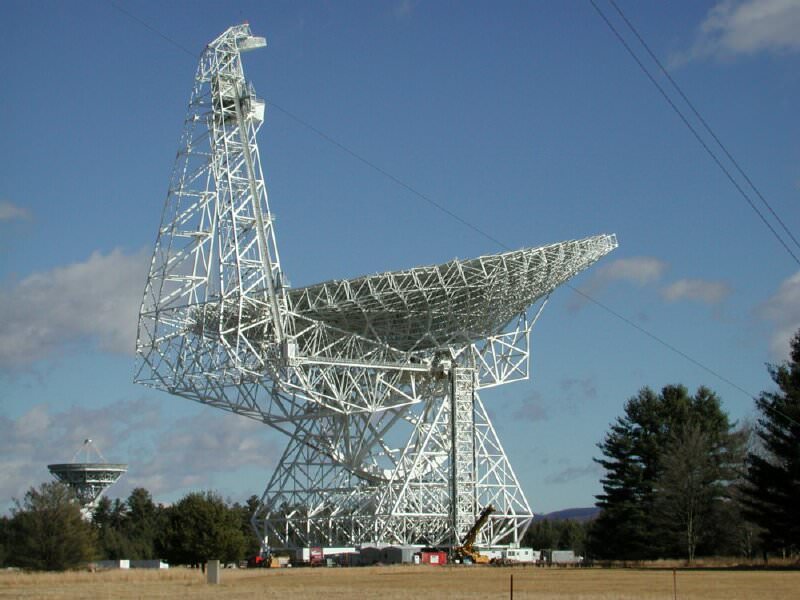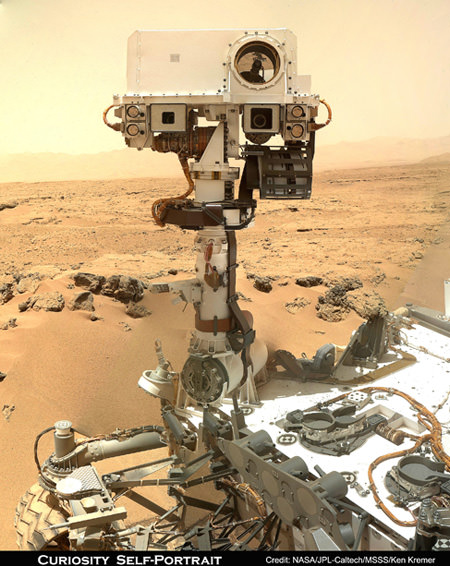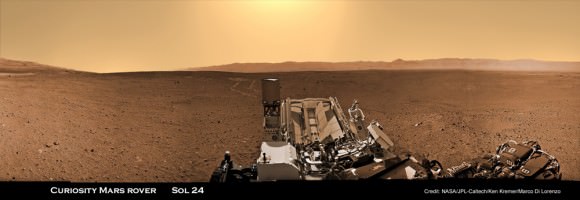Consider this. The Universe is enormous.
There are as many as four-hundred billion stars in our galaxy: the Milky Way. And there are more than one-hundred-and-seventy billion galaxies in the observable Universe. Most of those stars have planets, and many of those planets have got to contain useful minerals and fall within their star’s habitable zone where liquid water is present.
The conditions for life are probably everywhere.
But where are all the aliens?
And think about this.
The Universe has been around for 13.8 billion years. Human beings originated 200,000 years ago, so we’ve only been around for 0.01% of the age of the Universe. An intelligent species could arise on any one of those countless worlds, and broadcast their existence to the entire galaxy.
Once a species developed interstellar travel, they could completely colonize our galaxy within a few tens of millions of years; just a heartbeat in the age of the Universe.
So where are they?
As far as we know, Earth is the only place in the Universe where life has arisen, let alone developed an intelligent civilization.
This baffling contradiction is known as the Fermi Paradox, first described in 1950 by the physicist Enrico Fermi.
Scientists have been trying to resolve this mystery for decades, listening for radio signals from other worlds. We’ve only sampled a fraction of the radio spectrum, and so far, we haven’t detected anything that could be a signal from an intelligent species.
How can we explain this?
Maybe we really are the only planet in the entire Universe to develop life. Maybe we’re the first civilization to reach this level of advancement in the entire galaxy. But with so many worlds out there, that really seems unlikely.

Maybe they’re just too far away, and our signals can’t reach each other. But then, self-replicating probes could traverse those distances and leave a local artifact in every single star system.
Maybe we can’t understand their signals or recognize their artifacts. Maybe, but if aliens constructed a series of artifacts on Earth, I think we’d notice them. The aliens would have experience creating obvious structures.
Maybe they’re just too alien and we just can’t understand them. Maybe we’re too insignificant, and they don’t think we’re even worth talking to. We don’t need to talk to them to know they exist. If they flew through our Solar System, ignoring us, we’d still know they’re around.
Maybe they’re not talking to us on purpose, and we’re really in some kind of galactic zoo. Or aliens have a Prime Directive, and they’re not allowed to talk to us. Again, all the aliens? Not a single one has gotten through and snuck us some evidence?
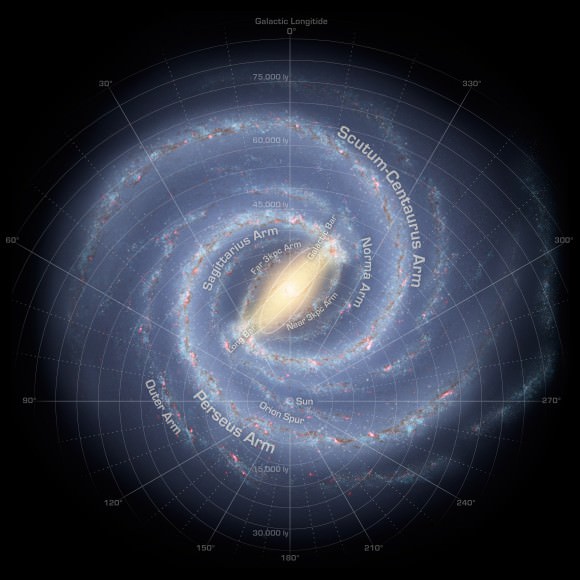
There are many other potential solutions to the Fermi Paradox, but I personally find them all insufficient. The Universe is big, and old, and if extraterrestrial life is anything like us, it wants to multiply and spread out.
Perhaps the most unsettling thought is that something happens to 100% of intelligent civilizations that prevents them from exploring and settling the galaxy. Maybe something good, like the discovery of a transportation system to another Universe. Or maybe something bad, like a destructive technology that has destroyed every single civilization before us.
How do you feel about the Fermi Paradox? How do you resolve the contradictions? Whatever the solution, it’s really fun to think about.
We’ve recorded a couple of episodes of Astronomy Cast about the Drake Equation and the Fermi Paradox, and we did a sequel episode called, Solutions to the Fermi Paradox.




